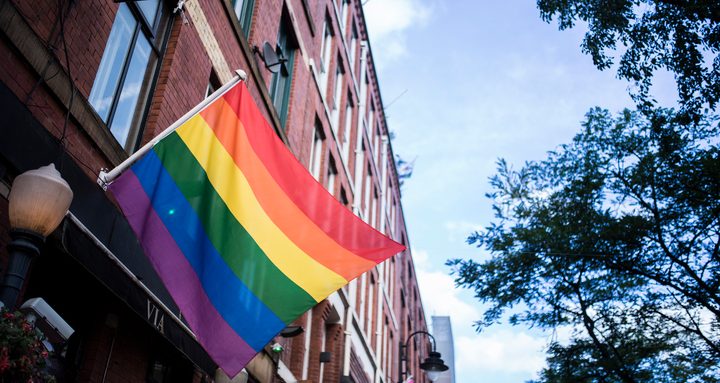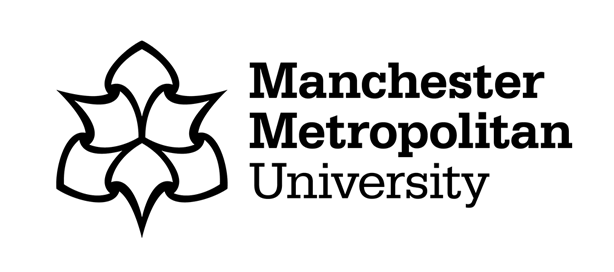
As Manchester Pride approaches, I reflect on this year’s celebration of the ten-year anniversary of the Marriage Equality Act 2013 and what this means in terms of broader understandings of LGBTQI+ justice.
My research focuses on exploring the spatial and affective dimensions of litigating pro-LGBTQI+ human rights cases in different parts of the Caribbean. Embedded in queer and socio-legal theory, investigating the spatial dimensions of LGBTQI+ human rights litigation involves engaging with the overlapping geographies, social relations, and histories behind advocacy. Naturally, this leads to an exploration of how spaces are simultaneously shaped by the actions, emotions, and the relations of bodies who inhabit it. I propose that investigating these relations offers a valuable source of understanding the different layers and experiences that come with litigating LGBTQI+ human rights.
Over the past ten years there has been a significant increase in the number of activists in the Caribbean and diaspora using litigation as a central strategy to confront dominant ideas of gender and sexuality in the region. Litigation ranges from constitutional cases, such as challenging colonially inherited anti-sodomy laws which criminalise same-sex intimacy, to challenging immigration laws which restrict the entry of LGBTQI+ persons into different countries across the region.
The growing body of case law is demonstrative of the significant developments that are being made by Caribbean activists who have used strategic litigation not only as a way to challenge dominant ideas of gender and sexuality, but also as a way to confront the intertwined oppressions of race and class formations that have arisen in postcolonial systems across the region.
Despite active litigation, the status of legal reform and receptivity of LGBTQI+ human rights have often been used as a comparative tool in international politics to map LGBTQI+ progress. Overtime, the assumption that decriminalisation and other types of legal reform (i.e., same-sex marriage, hate crimes and child adoption) automatically signifies LGBTQI+ progress has resulted in legislation being used as a way to measure, or way to distinguish between, ‘good,’ ‘civilised’ and ‘bad,’ ‘uncivilised’ states in the international system, perpetuating the very systems of power human rights seek to dismantle.
Nonetheless, engaging with the broader socio-historical context and our understandings of what LGBTQI+ legal reform looks like might help us remain mindful of the ways legal developments do not happen in a vacuum. Rather, LGBTQI+ legal reform is shaped by our histories, and understandings of concepts such as, citizenship, family, and reproduction.
This year Manchester Pride’s theme Queerly Beloved, provides a moment of opportunity to reflect on the broader historical and socio-legal context of LGBTQI+ legal reform in the UK and its implications. This year, Pride celebrates the ten-year anniversary of the passage of the Marriage Equality Act 2013. The Act granted same-sex couples the equal right to marriage, and it allowed civil partners to convert their partnership to a marriage. The passage of the Act is a significant historical moment and ostensibly illustrates the legislative strides that have been made in the fight for LGBTQI+ equality in the UK.
Whilst it is important to commemorate the Act, we must also remain conscious and attentive to the parameters that the Act sets and its place in wider international contexts.
Importantly, the Act now affords some same-sex couples legal protections. However, this comes at the expense of confining legal protections for alternative forms of intimacy, particularly those relationships which do not adhere to heteronormative ideals. This conversation becomes even more pertinent in the context of wider LGBTQI+ international politics, particularly in spaces where queer intimacies take different forms and that don’t necessarily maintain such strong attachments to the legal recognition of marriage.
The absence of laws protecting same-sex marriage (as well as other types of reform such as decriminalisation, child adoption, and hate crimes) in the Caribbean has often been used as a way to measure homophobia in the region in international political discourse. Whilst the UK can often score high in this regard, LGBTQI+ legislation is frequently used as a way to deflect homophobic violence that continues to happen in the UK (pinkwashing).
The assumption that there is a direct link between legal reform and the measure of homophobia fails to recognise the ways queer advocates in other regions shape notions of intimacy, and as Jacqui Alexander writes, productive citizenship. For example, an Anglican church in Jamaica held a service to commemorate International Human Rights Day in 2014, which involved providing LGBTQI+ persons the opportunity to voice their struggles, as well as leading a number of symbolic ceremonies during the service for LGBTQI+ persons.
Recognising the limitations of legal reform such as the Marriage Equality Act 2013 is not to suggest that the legal project should be abandoned. However, it can bring into view several important observations.
Reflecting on the value that is placed on the Marriage Act highlights the ways our attachments to certain notions such as, family and intimacy play a role in shaping legal reform as well as how these notions place other narratives and forms of intimacy out of view. Critically engaging with our attachments to, and understandings of what shapes LGBTQI+ legal reform, can make space to reflect on the un-progressive consequences of ‘progressive legislation,’ ultimately broadening our understandings of LGBTQI+ justice.



1 comment on “Navigating LGBTQI+ progress: The case of the Marriage Equality Act 2013”
Excellent post, some really interesting thoughts